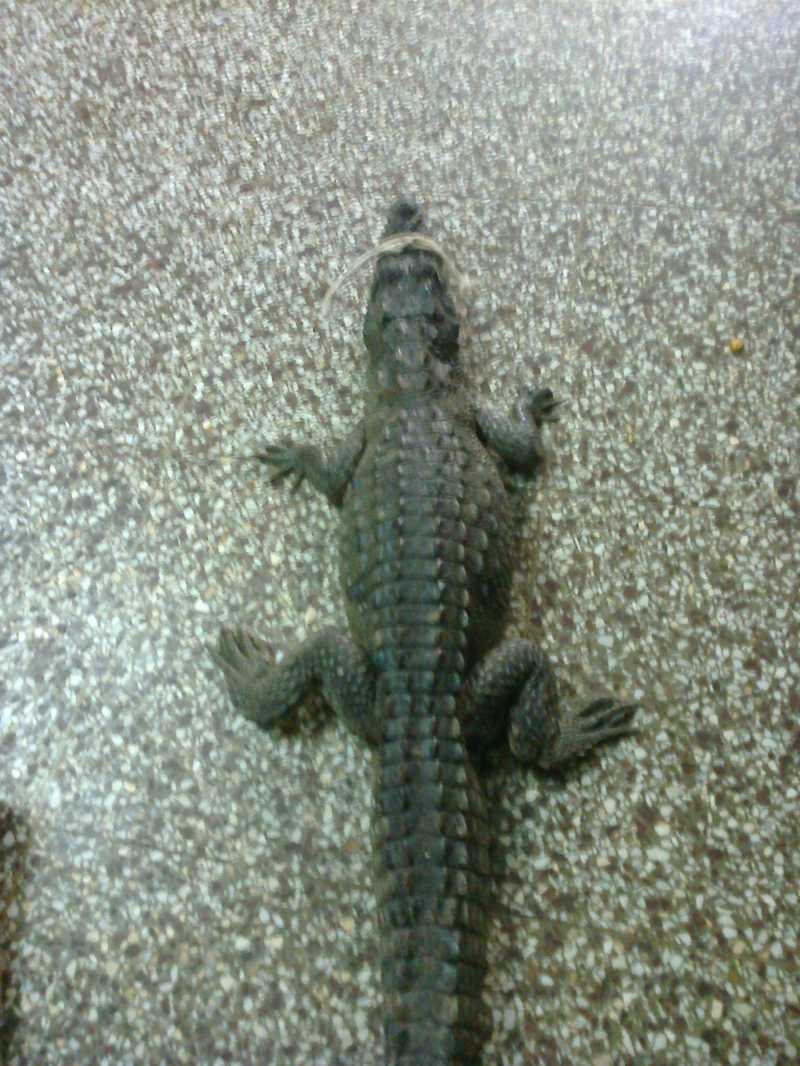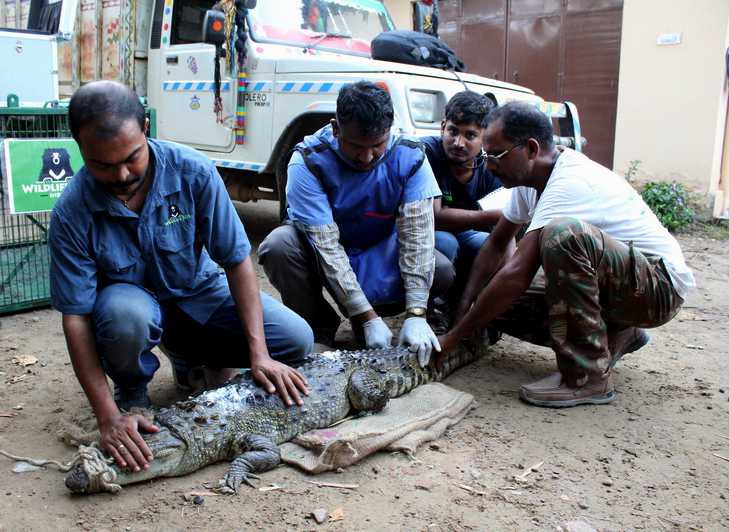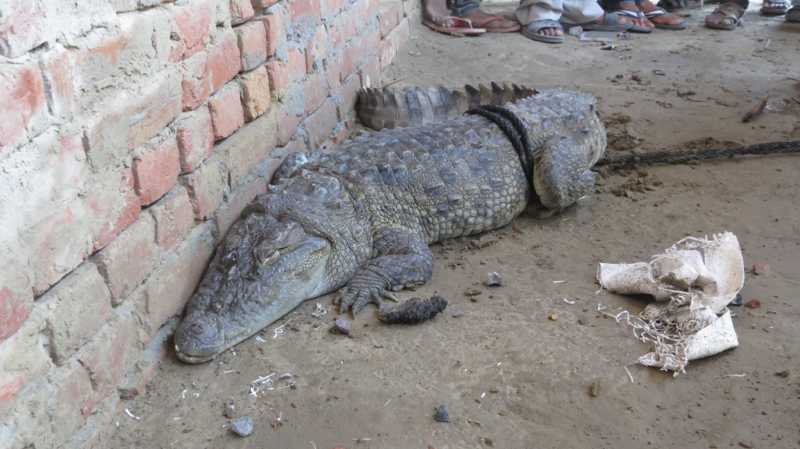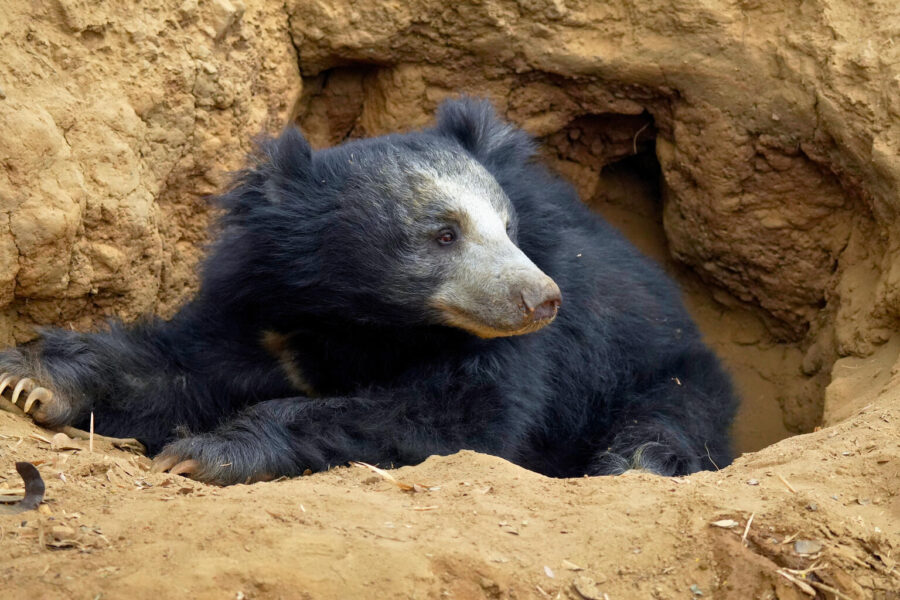Crocodiles can be alarming in appearance, often not warranting sympathy from most people. Mostly treated with distrust that stems from ignorance, the animal often is found on the wrong side of things especially when it comes to cases of conflict. India is home to three species of crocodiles – the mugger crocodile is the most commonly seen. Over the years, the western state of Gujarat in India has seen a rise in the cases of Human-Crocodile Conflict, or HCC, increasing negative sentiments toward the species. In most cases, the sight of a single crocodile can send people scurrying in fear. However, it is also important to remember that most of the conflict cases can be avoided by implementing simple avoidance behaviour protocols and keeping preventive measures in place. When dealing with these large reptiles, as is the case with all other rescues, it is about staying alert, remaining calm and keeping your wits about you – respect the animal you’re working with and never forget that you are dealing with a wild animal.

Gujarat is located on the coast of Arabian seas and is one of the largest crocodilian habitats in the country. There has never been a proper census of their populations in the country, but estimates put the number of crocodiles in Gujarat at nearly 1,400, while their total population in India is pegged at 5,000. Most of Gujarat’s crocodiles inhabit the Narmada and Vishwamitri rivers; some like the Mahi and Dhadhar also home them. According to some officials, the Vishwamitri and Dhadhar rivers host more than 250 crocodiles. These rivers and their tributaries dot the state, but all three of the rivers specifically cross through the city of Vadodara, which is the worst affected area when it comes to HCC. During monsoons, the rivers have a tendency to overflow, often bringing these crocodiles right onto human doorsteps. In the monsoon of 2019, as many as 80 mugger crocodiles were rescued in Vadodara after flash floods brought them onto the streets, adding to the mass panic. Many people venturing into the streets found crocodiles stealthily navigating the flooded lanes and entering residential colonies in search of food. Wildlife SOS’ rapid response unit run in collaboration with the Gujarat Society for Prevention of Cruelty to Animals (GSPCA) was called in to assist the forest department to relocate the crocodiles to safer habitats.

The NGO addresses 300 reptile rescue calls every month – in Vadodara, the Wildlife SOS response unit works hand in hand with GSPCA to address rescue calls. The rescue team includes experienced handlers who are furnished with specialized equipment to ensure that every reptile is rescued in a manner ensuring minimal stress to the animal and the people involved.
The process followed normally is that a rescued crocodile is measured for documentation purposes and a physical examination is carried out. If the crocodile is injured or requires immediate treatment, necessary veterinary care and treatment are provided especially in case of life-threatening injuries. Then the crocodile is released into a suitable habitat in the presence of representatives of the Forest department. Wildlife SOS has specially designed rescue vehicles and equipment for the transportation of animals – larger animals are transported in vehicles that have custom built carriers to ensure ease of transport and keep both the animal and the rescuer safe.

Wildlife SOS conducts awareness programs to educate people about how to deal with HCC scenarios. The most important aspect that the NGO concentrates on is avoidance behavior – it is better for one to completely avoid known hotspots and scenarios involving wounded or frightened wild animals. Then comes mitigation – if one does find himself involved in a conflict situation, there are steps that can be taken. Mugger crocodiles face many threats to their survival – habitat destruction, loss of prey and water pollution. As Vishwamitri and Narmada’s riverbeds have shrunk over the years, more and more crocodile mothers move closer to human habitats to find nesting spots. The NGO aims to reduce conflict by having people understand the causes that are driving the state’s crocodiles into households and their behavior and activities in order to avoid accidents.





